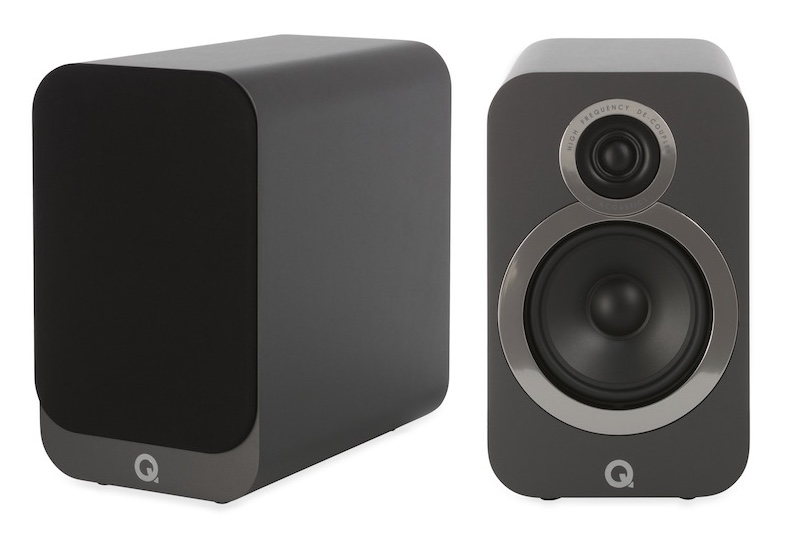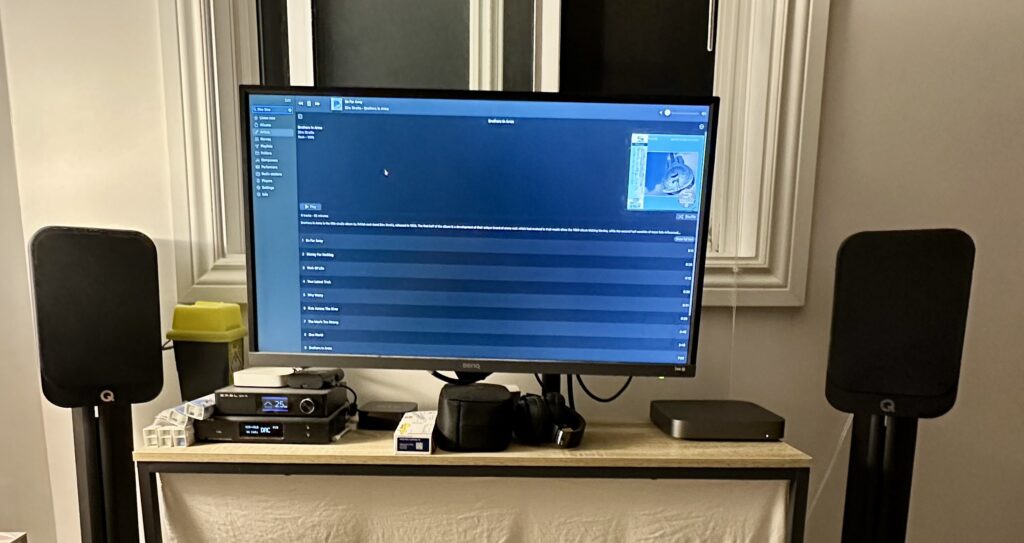In a previous post called, Scaled Solar System, I used for math equations. Recently I needed the ability to create a few documents that are mostly works in progress, and I wanted the ability to track the progress of these documents using
git.
Traditional word processing tools like Google Docs or Microsoft Word are insufficient because tracking changes with Microsoft Word is simply too difficult to deal with.
Both my wife and I are about to travel to China in November and we had several disparate itineraries from various airlines, tour operators, hotels, and such. In the past, I usually used Microsoft Excel to create a combined itinerary. However, last year I tried to keep the combined itinerary in the iOS Notes App. Both solutions were less than ideal. Excel proved too difficult to edit on the go because I either had to use the mobile Excel app or open up my laptop. Once changes are made it would be difficult to track the changes that I made.
With the iOS Notes App, editing the cells within a table is okay for simple stuff, but for a complicated itinerary, the formatting capabilities simply did not exist. The tracking of changes was also an issue.
This time around, I am going to use . I have not used
since I wrote my fourth-year thesis back at University of Toronto, that would be 33 years ago!
It took me some time to set up my Neovim environment for editing and previewing. The MacTeX package is an excellent all-in-one package for my Mac. After about a couple days, I was able to create a master itinerary with all the attached source itineraries, all delivered in a single PDF document. I am also able to create hyperlinks within the PDF so that I can jump to the source itinerary or booking information from the master itinerary entry.
The resulting PDF master itinerary has been very satisfactory. It was fulfilling to once again work with !







